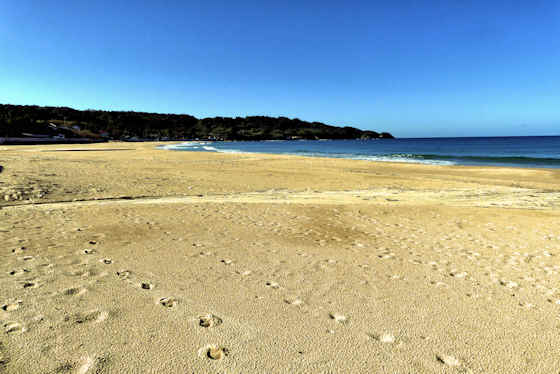Thursday, November 9, 2023
Weeping Cherry of Senjuin Temple
Wednesday, November 8, 2023
Obama Onsen Snapshots
Obama Onsen is a small. coastal hot spring resort on the West coast of the Shimabara Peninsula in Nagasaki, Kyushu.
Looking north, my route the next day, up Tachibana Bay
The previous post was on Obama Shrine.
Labels:
hot spring,
kyushu108,
nagasaki,
obama,
shimabara
Tuesday, November 7, 2023
Anrakuji Temple Mima
Labels:
jodo shinshu,
mima,
shikoku fudo,
temple,
tokushima
Monday, November 6, 2023
Obama Shrine & its Komainu
The main building has a ceiling painting of a dragon which was transferred from the older shrine, but, for me, the most interesting thing at the shrine was the two pairs of small komainu that I suspect came from the two older shrines.
Labels:
komainu,
kyushu108,
nagasaki,
obama,
okuninushi,
shimabara,
Shrine,
sukunahikona,
takemikazuchi,
torii
Saturday, November 4, 2023
Onsenji Temple
Friday, November 3, 2023
Hot Foot 105 the Longest Footbath in Japan
Upon arriving in the hot spring resort town of Obama on Tachibana Bay in Nagasaki after having walked over the mountains from Shimabara on the other side of the peninsula, was pleased to find an ashiyu on the waterfront.
It turns out that this was not just an ashiyu, but the longest ashiyu in Japan and also the hottest.
The previous post was the Inori no Sato "park" just above the town.
Thursday, November 2, 2023
Kotogahama Beach
Labels:
beach,
Japan Sea Walk,
kotogahama
Wednesday, November 1, 2023
Inori no Sato Religious Roadside Attraction
Coming down from Unzen Hot Springs towards Obama on the coast of Tachibana Bay, the road is steep and without any settlements until just above the town.
It seems he is the chairman of a successful construction company and Inori no Sato is his attempt to contribute to the well-being and perhaps revitalization of the local area.
Labels:
dragon,
Fudo Myojin,
inari,
kannon,
kappa,
koshin,
kyushu108,
nagasaki,
obama,
shaka nyorai,
shichifukujin,
shimabara,
shotoku taishi,
tengu
Subscribe to:
Posts (Atom)











































































